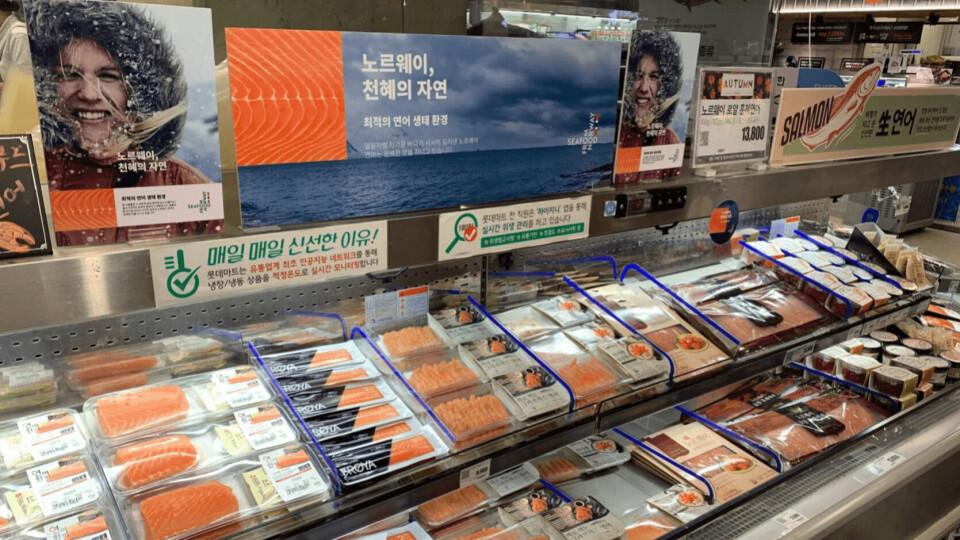
Norway sees opportunity in pre-pack and Asia recovery
A strong growth in consumer demand for pre-packaged products is providing a new opportunity for salmon farmers who have seen sales and prices shrink because of the Covid-19 pandemic, according to the latest update from the Norwegian Seafood Council (NSC).
“After a very turbulent period, we see that the price drop for salmon is starting to level off. There is still a large reduction in sales to individual markets, but at the same time there are several positive features to track,” said NSC seafood analyst Paul Aandahl.
Exports of fresh whole salmon from Norway to Asia as a region increased by 12% during Easter week (week 16), said Aandahl, with an improvement in logistics to China leading to increased exports of fresh whole salmon of 137% to 837 tonnes.

Home consumption
“Other markets that have a positive trend are Hong Kong, Taiwan and South Korea,” said Aandahl. “These are markets where home consumption of Norwegian salmon more than compensates for the loss of restaurant consumption.”
The NSC’s envoy to China, Victoria Braathen, said that after three weeks of higher exports than the corresponding weeks last year, the Chinese market was fully back for Norwegian salmon.
“As China is moving towards a normalisation in activity level and demand, we see no reason why this trend should not continue,” said Braathen.
Salmon’s bigger UK share
Norwegian whole fresh salmon exports to the UK in Easter week were down 24% compared to Easter week last year, but Aandahl said the longer trend to the UK and EU had been upwards.
“Norway has exported more Norwegian salmon to Spain and the UK in recent weeks,” said the analyst. “In both of these markets, we see that salmon accounts for a larger share of total seafood consumption. This means that more and more people are choosing salmon.”
The NSC said that based on panel data from consumer analysis giant Kantar, salmon sales in the UK increased by 18% in volume and 20% in value in weeks 9 to 12 (February 24 to March 22), while the broader seafood category increased by 7% in volume and 11%.
Sales up in Spain
In Spain, domestic consumption of salmon increased in volume by 12%, while the value increased by 21% in the same period.
In France, home consumption of salmon increased by 21% in volume, and seafood in total increased by 11% in the same period.
“We are observing that salmon are getting more shelf space in stores, while at the same time some fresh fish counters are operating at reduced capacity,” said Trine Horne, the NSC’s envoy to France.
“Simplicity stands strong, and increased availability of finished products of both cod and salmon is helping to increase home consumption. We see strongest growth for frozen products. Both salmon and cod products increase more than the seafood category in general.”
United States
Exports of fresh salmon fillets to the United States have stabilised at the same relatively low level as in recent weeks, said Egil Ove, the NSC’s envoy to the US.
“Last week, 331 tonnes of fresh salmon fillets were exported to the United States,” said Ove.
“At the same time, exports of fresh whole salmon have fallen sharply as a result of the loss of the restaurant segment and appear to have stabilised.”
Ove pointed out that freight capacity also limited the export opportunity to the US.























































